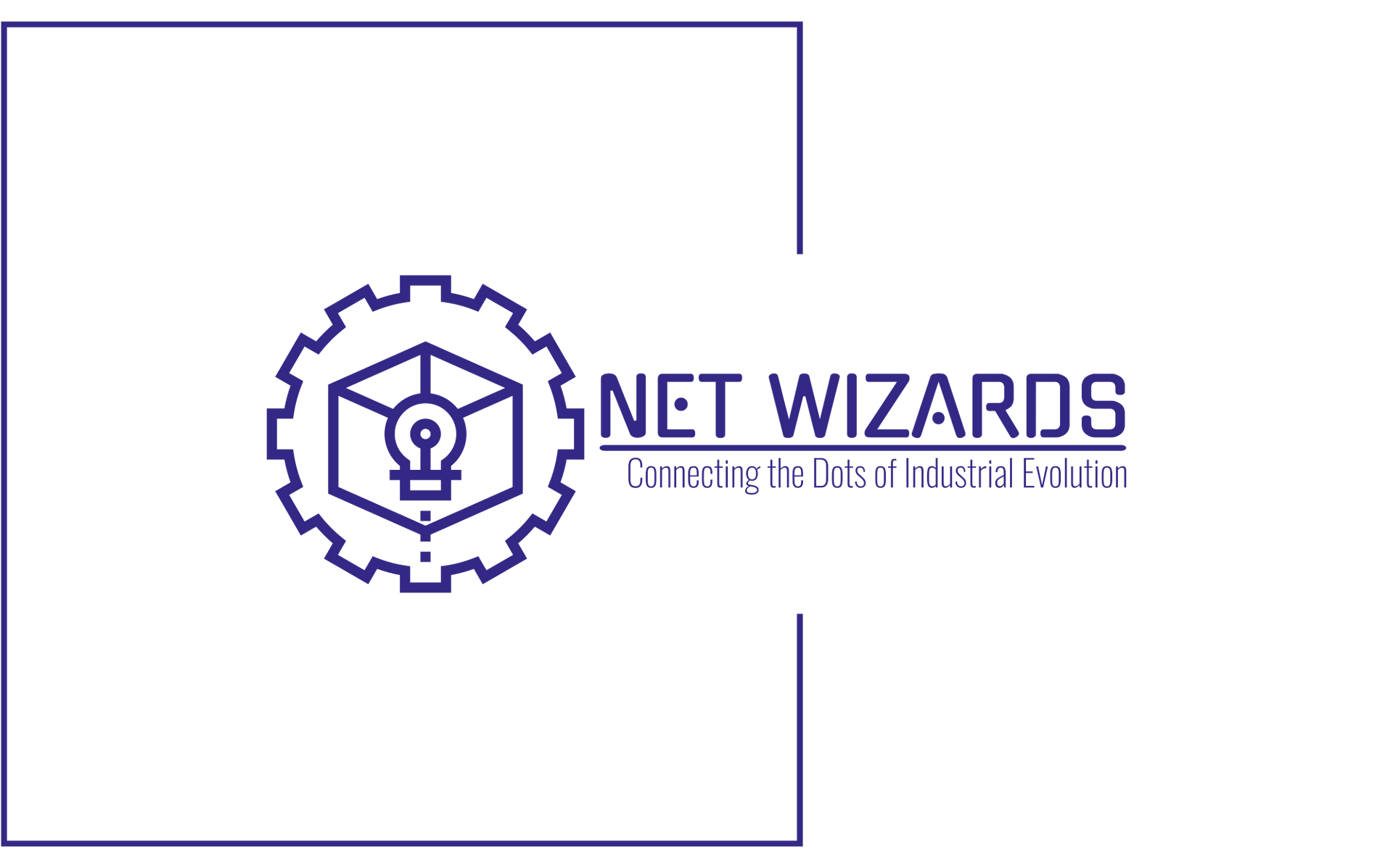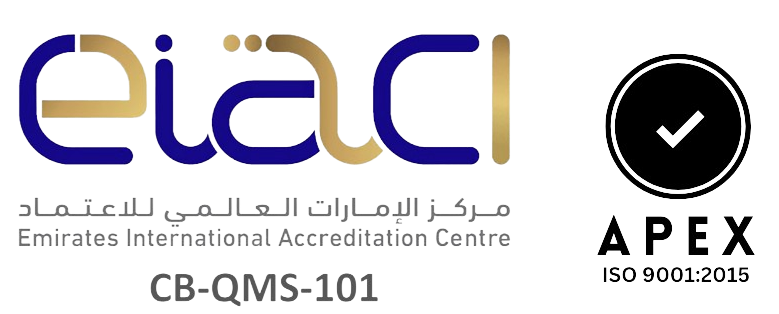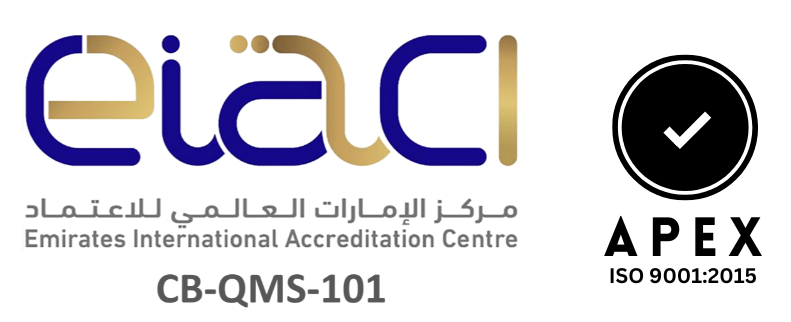LoRaWAN vs NB-IoT
April 22, 2019
Both LoRaWAN (Long Range Wide Area Network) and NB-IoT (Narrowband Internet of Things) are popular Low Power Wide Area Network (LPWAN) technologies. They serve applications where devices need to send small amounts of data over long distances while conserving power. Let's compare their advantages and disadvantages
LoRaWAN:
Advantages:
- Long Range: LoRaWAN devices can communicate over distances of up to 15 kilometers in rural areas.
- Low Power Consumption: Designed for battery-powered applications with potential device lifetimes of up to 10 years.
- Open Standard: Managed by the LoRa Alliance, allowing for flexibility and preventing vendor lock-in.
- Private Network: Organizations can set up their own private LoRaWAN networks, giving them control over data and network management.
- Cost: Typically, lower hardware and deployment costs, especially in private network setups.
- License-free Spectrum: Operates in the ISM (Industrial, Scientific, and Medical) bands, which are license-free, although this varies by country.
Disadvantages:
- Data Rate: Lower data rates compared to NB-IoT.
- Scalability in Urban Settings: In dense urban environments, the scalability might be challenged due to interference in the ISM bands.
- Network Availability: Public network coverage might not be as widespread as cellular technologies like NB-IoT.
NB-IoT:
Advantages:
- High Scalability: Supports a vast number of devices over a small area.
- Deep Coverage: Designed to penetrate through obstacles, making it suitable for underground or deep indoor applications.
- Reliability: Built on established cellular technology standards, providing consistent and reliable service.
- Data Rate: Offers higher data rates compared to LoRaWAN.
- Security: Benefits from established cellular security protocols.
- Broad Deployment: Many major telecom operators globally are deploying and supporting NB-IoT.
Disadvantages:
- Cost: Hardware and service costs might be higher than LoRaWAN, especially given potential recurring cellular service fees.
- Power Consumption: Generally, higher power consumption than LoRaWAN, but optimizations are continually being made.
- Latency: Not suitable for applications that require real-time or low-latency communication.
- Spectrum Licensing: Operates in licensed bands, which can lead to higher costs for operators, potentially passed on to end-users.
Conclusion:
The choice between LoRaWAN and NB-IoT will depend on the specific use case, desired data rates, power consumption needs, deployment scale, cost considerations, and required coverage. Both technologies have strengths tailored to different IoT scenarios, so it's essential to align the choice with the application's unique requirements.
“In the vast landscape of IoT, LoRaWAN whispers data across great distances, while NB-IoT taps into the robust rhythm of cellular pulses; two different heartbeats fueling the ever-expanding realm of connected devices.‟
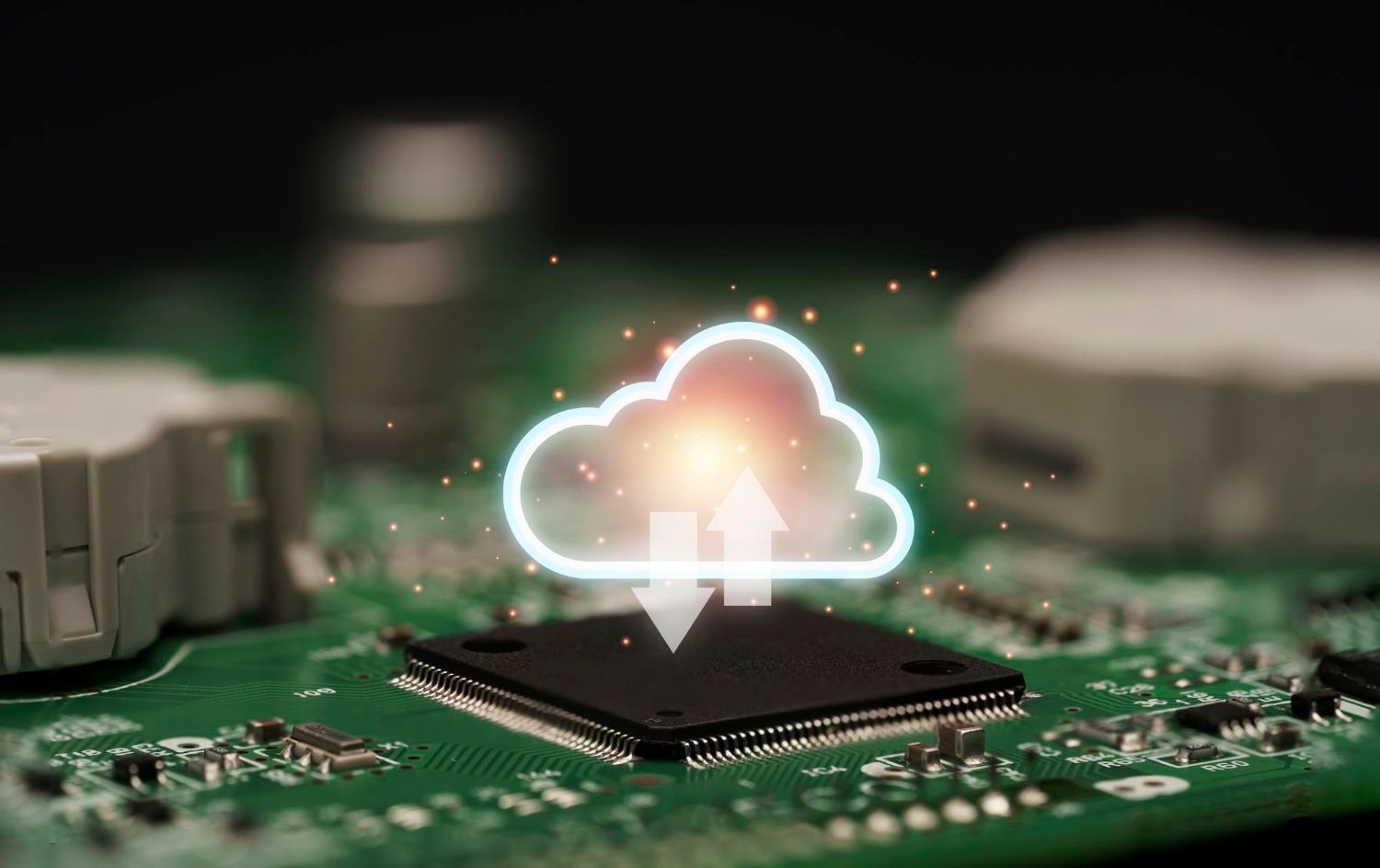
LoRaWAN (Long Range Wide Area Network) is a protocol designed for wireless battery-operated devices in regional, national, or global networks. It uses the LoRa modulation technique to achieve long-range communication, which differentiates it from other digital wireless communication methods. Basic Concepts: LoRa: Stands for Long Range. It's a spread spectrum modulation technique derived from chirp spread spectrum (CSS) technology. It allows for long-distance communication with low power consumption. LoRaWAN: It's the protocol and system architecture on top of the LoRa communication method. It defines the communication between devices and gateways to enable applications on the network. Key Features of LoRaWAN: Long Range: Can transmit up to 10 km in rural areas and 2 km in urban settings. Low Power: Designed for devices that run on small batteries for many years. Adaptive Data Rate: The network server can control the data rate of individual nodes, optimizing both energy consumption and spectrum usage. Secure: It uses end-to-end encryption to ensure data privacy and security. LoRaWAN Architecture: 1. End Devices (or Nodes): These are typically sensors or actuators. They collect data and send it to gateways. They can be stationary or mobile. 2. Gateways: Act as relay points. They receive data from multiple end devices and forward it to a network server. Unlike cellular base stations, LoRaWAN gateways are simple and just convert RF packets to IP packets. 3. Network Servers: These manage the network. They handle tasks like deduplication of packets, adaptive data rate settings, and more. They also decide which gateway will send the response to an end device if needed. 4. Application Servers: This is where the actual data gets processed and made useful. Application servers extract the application payload from the LoRaWAN frame, decrypt it, and then use it for whatever purpose the application serves. LoRaWAN Security: LoRaWAN has two layers of encryption: - Network level: For communication between the node and the network. - Application level: For end-to-end encryption between the node and the application. Types of Data Transmission:( 1. Uplink: From the device to the server. 2. Downlink: From the server to the device. Adaptive Data Rate (ADR): ADR is a mechanism where the network server controls the data rate of a device. If the device is close to a gateway, the server might decide to increase the data rate, which will make transmission quicker and save battery. If the device is farther away, the data rate might be decreased to ensure successful transmission. Classes of Operation: - Class A: Bi-directional end-devices. This is the most energy-efficient class. - Class B: Bi-directional with scheduled receive slots. - Class C: Bi-directional with maximal receive slots. Least energy efficient. Benefits of LoRaWAN: - Cost-effective: Infrastructure costs are low. - Long Battery Life: Ideal for IoT devices that need to operate for years on a small battery. - Flexible Deployment: Can be used in various environments, from rural to dense urban settings. Challenges: - Bandwidth Limitation: Not suitable for applications requiring high data rates. - Interference: Like all wireless technologies, it can be susceptible to interference. - Regulation: The available spectrum and transmission power levels are regulated and can vary by country. Applications: LoRaWAN is ideal for many Internet of Things (IoT) applications, including: - Smart agriculture (soil moisture sensors, animal tracking). - Smart cities (street lighting, waste management). - Utility monitoring (water, electricity). - Industrial monitoring and control. LoRaWAN has become a popular choice for many IoT applications due to its long-range and low-power features. It's an essential tool in the expanding world of connected devices, especially where other wireless communication technologies may not be feasible or cost-effective.

Industry 4.0, or the Fourth Industrial Revolution, is characterized by the integration of digital technologies into the manufacturing and industrial sectors. It emphasizes automation, data exchange, cyber-physical systems, IoT, cloud computing, cognitive computing, and more. LPWAN (Low Power Wide Area Network) plays a pivotal role in realizing the full potential of Industry 4.0. Here's how:
